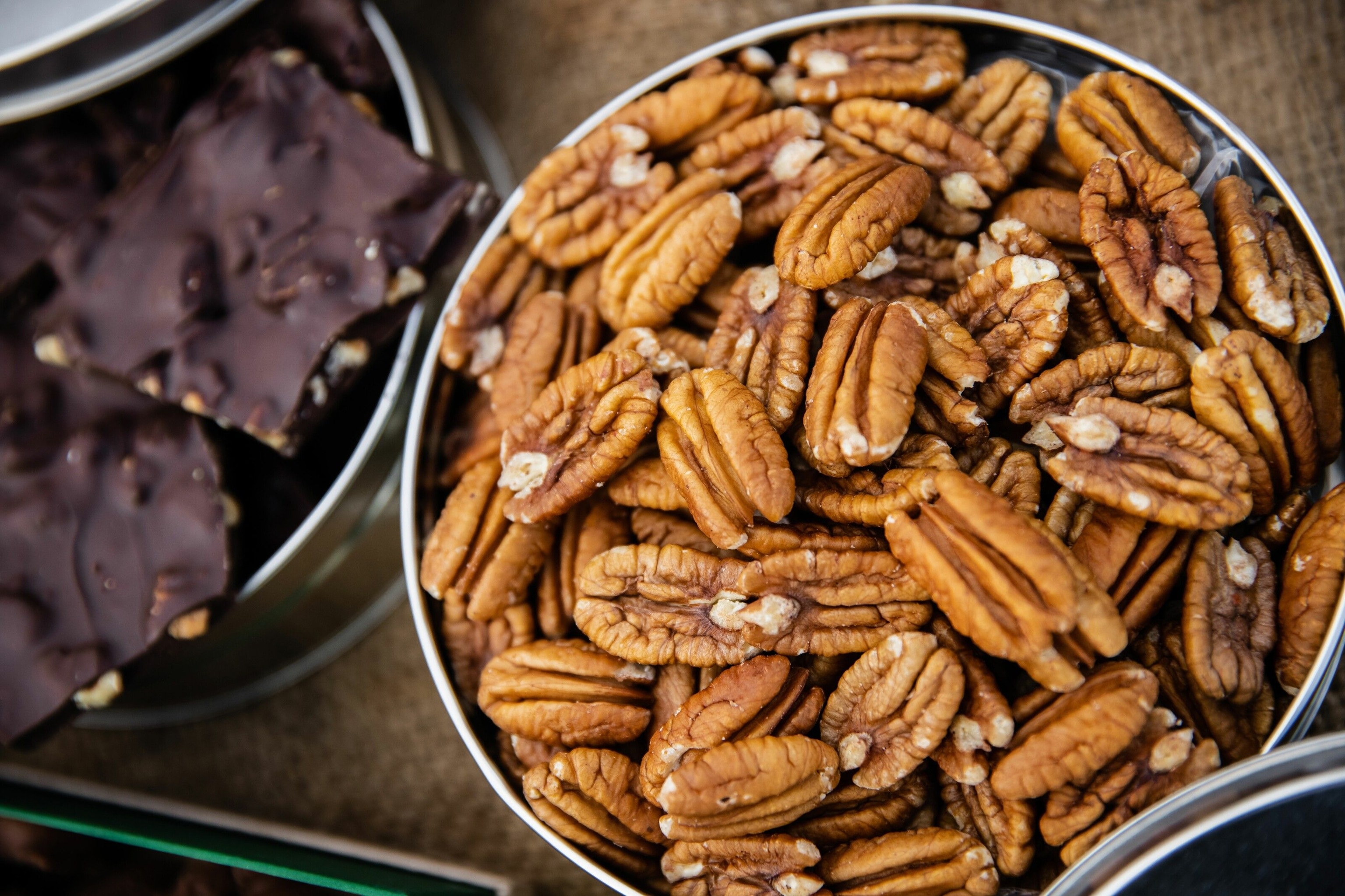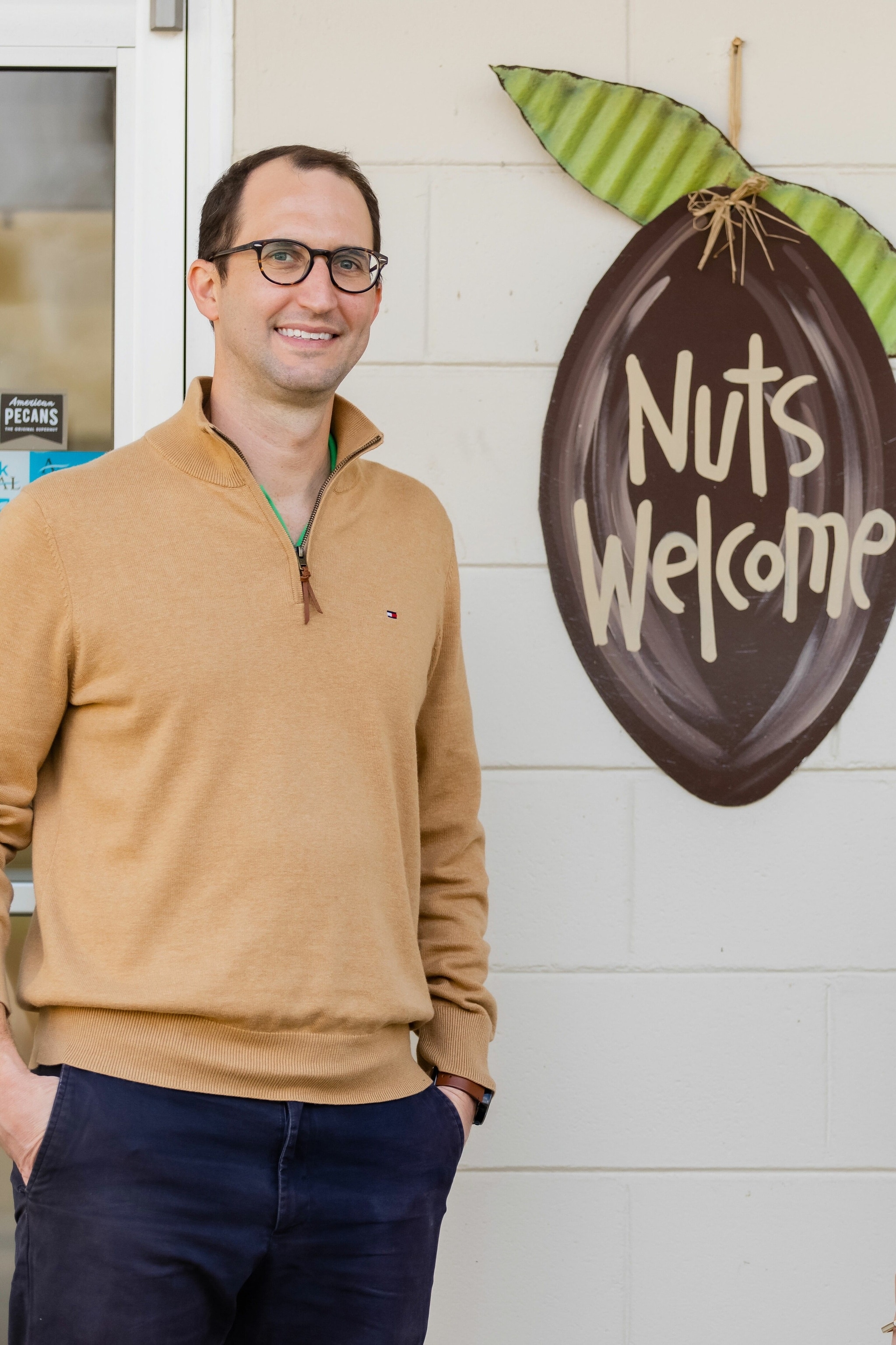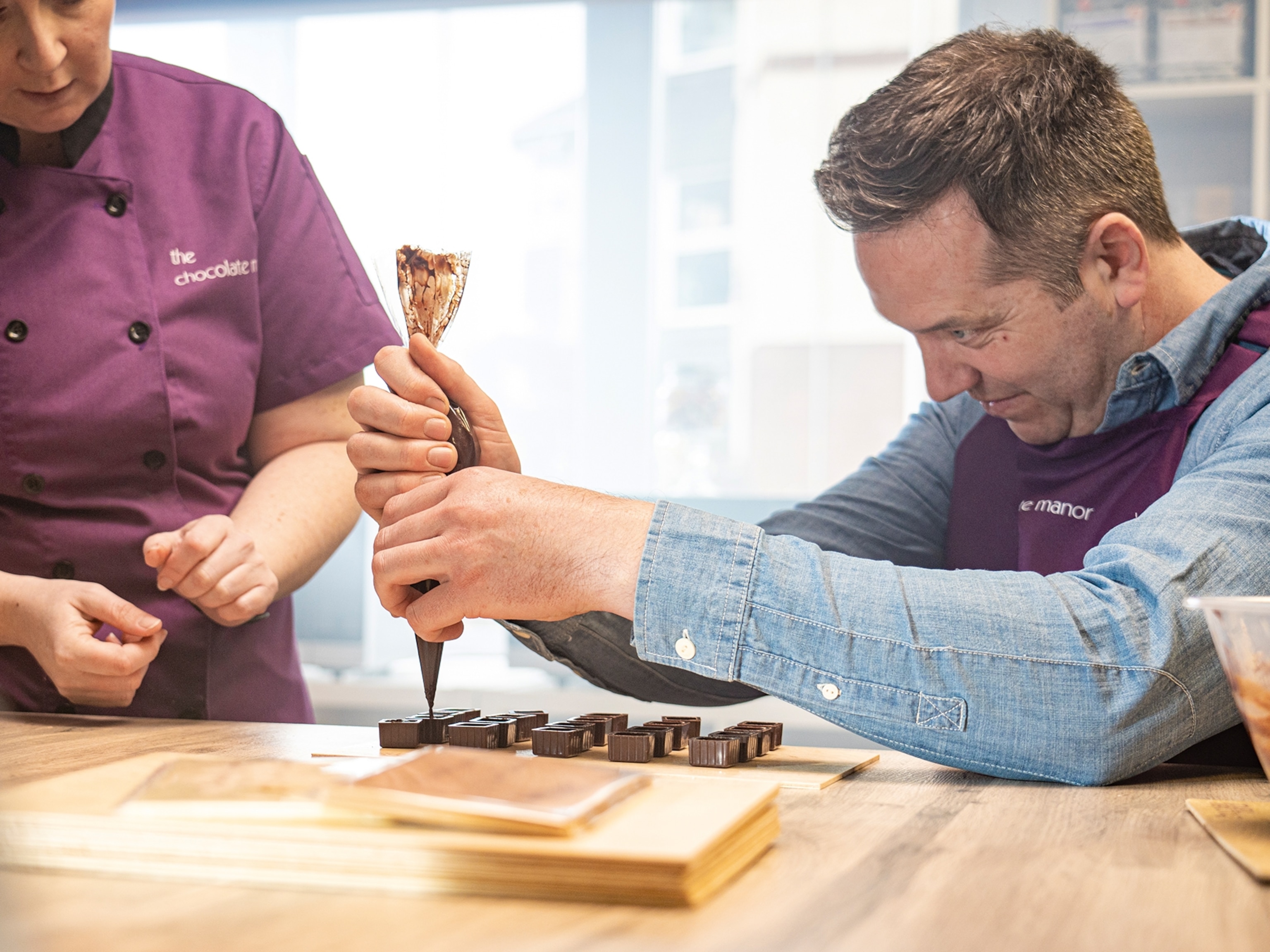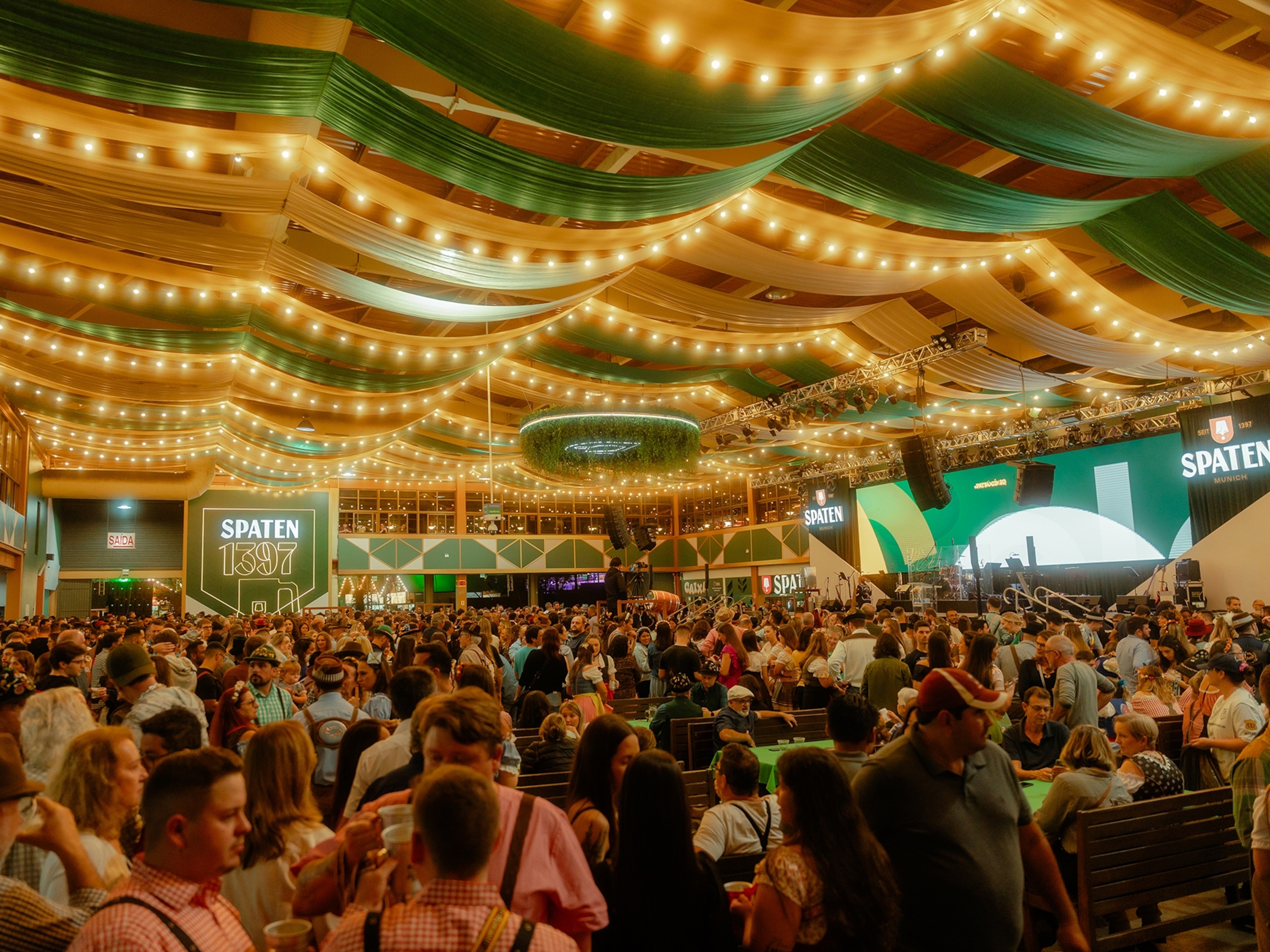
Meet the maker: the third-generation pecan producer in Georgia
In the state of Georgia, Alex Willson is continuing the family tradition of growing, shelling and making sweets from a local speciality — pecans.
Pecan-growing runs in the Willson family. Alex Willson’s grandparents began planting trees on their 1,760-acre plot, Sunnyland Farms, in the 1940s; his father installed a pioneering irrigation system here in the 1970s and today Alex heads up the business.
Although better known for its peanuts, Georgia is the US’s pecan powerhouse, producing a third of the American yield: about 40 million kilos. When Hurricane Michael swept through the state in 2018, it wiped out many smaller producers and destroyed 4,200 trees at Sunnyland, which sits just outside the city of Albany. “It hit us hard, because a pecan tree can take a decade to grow back,” says Alex, “but we have a lot of longevity.”
Of the remaining 600,000 trees in Sunnyland’s orchard, most are Eliot and Desirable Halves, varieties planted here in the 1980s as they’re less susceptible to freeze-damage and scab, a common lesion that affects quality. Each spring, the trees bud and undergo pollination. “Hot and dry is best,” Alex says of the weather. “but you also need an inch or two of rain a week. Then, when it rains, you hope for sun, so photosynthesis can happen.”
In mid-October, when the shells, or ‘shucks’, start to split, that means the nuts have matured. Large, ride-on machines are used to shake the nuts off the branches and gather them. In bumper years, when unreachable low-lying areas are bursting with pecans, farm staff each grab a sack and start harvesting by hand. Sunnyland is a rare outfit that both grows and shells, so the haul is funnelled into shellers that crack and separate each nut.
In his student days, Alex laboured in the groves, repaired irrigation pipes and fertilised saplings. One summer, he even painted every machine in the cleaning plant. Now in his seventh year as COO, much of his time is spent expanding the catalogue of pecan products his grandparents introduced in 1948 — Sunnyland sells pralines, sweets and cereals to buyers as far-flung as Europe and China. He also brings a fresh perspective to aspects of the operation such as shelling. “I discovered we’ve been losing more nuts than we should,” he says. “I’m analysing where we’re inefficient. And every time I think I’m done, I find something new.” Sunnyland sells pecans and sweets from its online shop and catalogue, and to farm visitors.

Three pecan specials
1. Pecan meal
Southern chefs are turning to ground pecans as a replacement for breadcrumbs on fish like salmon and catfish, giving them a sweet crunch.
2. Ice cream
Butter pecan ice cream is a local favourite; boutique makers toast the pecans and brown the butter for a crisp texture and caramelised flavour.
3. Sweets
Southerners are partial to pecan bars, barks and brittles. Alex recommends the pecan brittle from Psalms in Florida, made with chopped nuts and creamy, hand-poured sugar syrup.
Published in Issue 16 (summer 2022) of Food by National Geographic Traveller (UK)
Follow us on social media
Facebook | Twitter | Instagram





